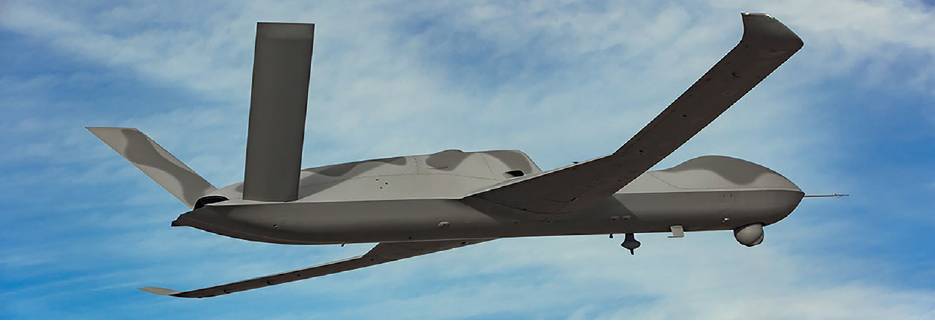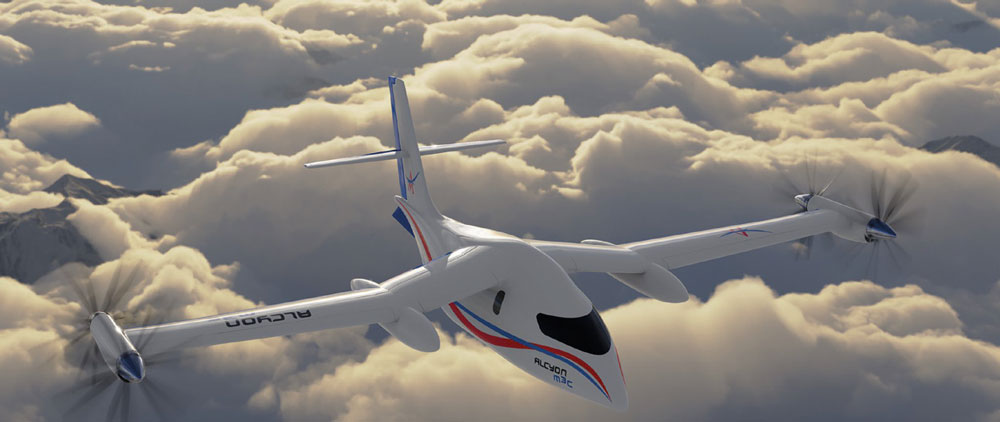SPACEFLIGHT
 CNSAChina recovers Moon rock sample
CNSAChina recovers Moon rock sample
A lunar lander from China’s Chang’e 5A unmanned spacecraft has successfully redocked with its orbiting spacecraft on 5 December prior to returning to Earth in mid December. The lunar probe touched down on the Moon’s surface on 1 December, eight days after taking off from the Wenchang space centre aboard a Long March 5 rocket on 23 November. The lander descended near Mons Rümker in the Ocean of Storms in the northern hemisphere of the near side of the Moon where it recovered up to 2kg of material from a depth of up to 2 metres below the surface, as well as planting a flag, before returning to the orbiting spacecraft. If successful, this will be the first lunar sample return mission since the Soviet Union’s robotic Luna 24 in 1976.
Rocket Lab makes reusable milestone
New Zealand space company Rocket Lab has successfully launched and recovered a first stage rocket which delivered 30 small satellites into orbit. The Electron booster took-off from Rocket Lab’s private spaceport on the Mahia Peninsula on North Island, NewZealand on 19 November and then descended into the Pacific Ocean using parachutes while the second stage took the payload into a 310mile-high orbit. The satellites onboard included two from Millennium Space Systems for a mission named DragRacer to test a drag-inducing device which could assist natural orbital decay, two CubeSats for French company UnseenLabs and 24 SpaceBEE satellites from Swarm Technologies.
GENERAL AVIATION
First electric GA aircraft included in delivery figures
Industry organisation, the General Aviation Manufacturers Assocation (GAMA) has released its 2020 third quarter delivery and sales figures, with deliveries of electric light aircraft included for the first time. GAMA said that, while overall the industry was still trailing (deliveries of fixed wing aircraft were down 20.1%) compared to the same period in 2019, piston engine deliveries increased slightly by 1.4% to 889, driven by a rebound in activity at flight training schools. Meanwhile, turbine aircraft and all helicopters were down an average of 24%. The third quarter of 2020 also saw the first electric aircraft deliveries recorded, with Pipistrel shipping five Velis Electros, the first certificated fully electric aircraft.
Dassault rolls out Falcon 6X
 Dassault Aviation
Dassault Aviation
On 8 December, in a virtual ceremony broadcast from its Bordeaux-Mérignac factory, Dassault Aviation rolled out its latest super-midsize business jet, the Falcon 6X. The aircraft, powered by Pratt & Whitney PurePower PW812D engines, has a range of 5,500nm and can carry up to 16 passengers in its ‘ultra widebody’, 102in width cabin. First flight is set for early 2021, with certification and entry into service in 2022.
DEFENCE
Britain bucks trend with £16.5bn defence boost
The UK MoD is to get the biggest budget boost in 30 years to reverse an “era of retreat” as Prime Minister Boris Johnson backed more money for defence to invest in new high-technology capabilities. The surprise decision saw the PM back Defence Secretary Ben Wallace MP’s argument for more cash for the MoD, when the rest of Government was facing deep cuts to pay for the effects of coronavirus. The deal will see an inflation-busting £16.5bn boost to the MoD over the next four years, with investments in cyber, drones and a new Space Command. The budget boost now makes the UK the biggest defence spender in European NATO. However, it has been reported that the MoD will still need to make £1bn worth of savings in 2021.
European nations sign up to build medium helicopter
Five European NATO nations, France, Germany, Greece, Italy and the United Kingdom, have signed an agreement to launch a next-generation medium rotorcraft programme. The multinational agreement, signed on 19 November by defence ministers, is aimed at modernising a variety of European nations’ multi-role medium helicopter fleets, which are expected to come out of service in 203540. The Next-Generation Rotorcraft Capability (NGRC) will now see a stated requirements agreed, followed by a multi-phase co-operation plan. The NGRC letter of intent is non-binding, with the opportunity for other nations to join the effort, according to NATO.
General Atomics Avenger trials AI for air-to-air mission
 GA-ASI
GA-ASI
General Atomics Aeronautical Systems (GA-ASI) has announced it has conducted a flight test which saw one of its jet-powered Avenger UAVs, equipped with an AI ‘autonomy engine’ developed as a DARPA project, fly an air-to-air search mission with five other simulated Avengers. The trial of the AI-enhanced drone took place in October at an undisclosed location.
AEROSPACE
Vintage French aviation brand reborn as hydrogen STOL pioneer
 Avions Mauboussin
Avions Mauboussin
A French start-up has resurrected the name of a 1930s’ brand with two new projects for hydrogen-powered STOL aircraft. Belfort-based Avions Mauboussin is planning to develop a two-seat and six-seat hydrogen-powered aircraft. Its tandem two-seater design, the M1h, would initially be hybrid-electric, before switching to hydrogen power. A first flight is planned for 2022. Meanwhile, a larger six-seat (one pilot and five passengers) M3c (above) is designed to be a STOL regional aircraft, with a range of 1,500km and a cruise speed of 370km/h. Entry into service is planned for 2026.
UK unilaterally waives WTO tariffs
The UK government has announced that it will not be imposing EU tariffs from 1 January on US aircraft manufacturer Boeing in the hope of securing a rapid post-Brexit trade deal with President-elect Joe Biden’s new US administration. The EU is currently levying $4bn worth of tariffs on US imports after the World Trade Organization (WTO) ruled that the US had given illegal state aid to Boeing. The UK described the decision as an attempt to ‘de-escalate’ the long-running spat. However, the UK has said it could reimpose the aerospace tariffs if a deal was not reached. The unilateral move provoked strong criticism (‘betrayal’) from some quarters, with sources noting it would affect future Airbus investment choices.
Start-up unveils drone space launch system
 Aevum
AevumA US start-up has revealed an innovative concept to launch small satellites using a large jet-powered autonomous UAV. Huntsville, Alabama-based Aevum’s 60ft wingspan Ravn X launch vehicle, seen in mock-up form with company founder and CEO Jay Skylus, would be able to grant additional energy to a rocket on release, by not needing the same clearance as a crewed launch mothership before the motor ignites. Aevum has already got its first customer, with the US Space Force set to launch the ASLON-45 small satellite in late 2021.
 Paris Air Show
Paris Air Show Qantas
Qantas




